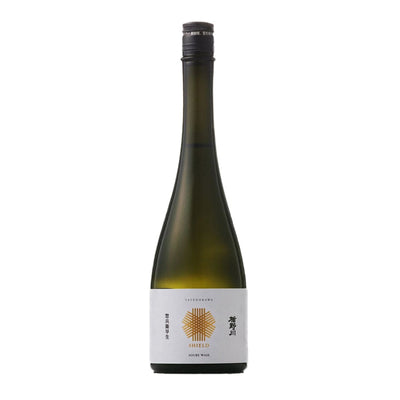The Vital Role of Yeast in Sake Brewing and Celebrating Sake Yeast Day
The Role of Yeast in Sake Brewing
Yeast is crucial in sake brewing, as it is essential for alcohol production and influences aroma and acidity, impacting the final flavor more than the rice variety. The yeast used for sake, known as seishu kobo, belongs to the Saccharomyces Cerevisiae species. These yeasts can remain active at low temperatures, producing high alcohol levels, typically around 16-18% abv, with some strains exceeding 21%.

Transition from Wild to Cultivated Yeasts
Historically, brewers used wild yeasts, but with the advent of the sokujo method in the early 20th century, there was a need for reliable, cultivated yeasts. In 1907, the Brewers Society of Japan began distributing Association Yeasts (kyokai kobo), starting with "First Class Yeast." This evolved into a numbered system, with the first five strains coming from Nada, Fushimi, and Saijo, the three major sake regions.
Widespread Adoption of Cultivated Yeasts
Initially, the industry was slow to adopt these cultivated yeasts until the introduction of #6 from Akita Prefecture. This yeast was lower in acidity, more consistent, and could survive colder temperatures. Its superior qualities led to widespread use by 1940, making it the oldest strain still in use.

Modern Yeast Varieties and Consumer Trends
Today, there are many cultivated yeasts, including regional varieties, influenced by consumer trends favoring high aromatics. The ginjo boom of the 1980s led to strains high in Ethyl Caproate and Isoamyl Acetate, producing apple and banana-like aromas. The diversity of yeast strains has expanded, allowing brewers to differentiate their sake in the premium market. Understanding these yeasts and their evolution is valuable for appreciating the variety in modern sake.
Sake Yeast Day: June 30th
June 30th is Sake Yeast Day. This day is dedicated to giving thanks for the sake yeast, which is killed by the alcohol and carbon dioxide it produces during the brewing process and finishes its role by fire-sterilization. It is also a time to wish for good sake production in the coming year.
Celebrating with Akita Yeast
To celebrate, try sake with Akita yeast, known for producing its own unique strains. One example is Ranman BISHU Tokubetsu Junmaishu. The rice used is 100% Ginsan, a result of joint research between the brewery and Akita Prefecture. The yeast used is AKITA Yukiguni Yeast, developed by Akita Prefecture for junmai-shu and ginjo-shu. This special junmai-shu is carefully brewed, offering a fresh, gorgeous aroma and elegant taste. It can be enjoyed at both warm and cold temperatures.

















コメントを残す